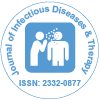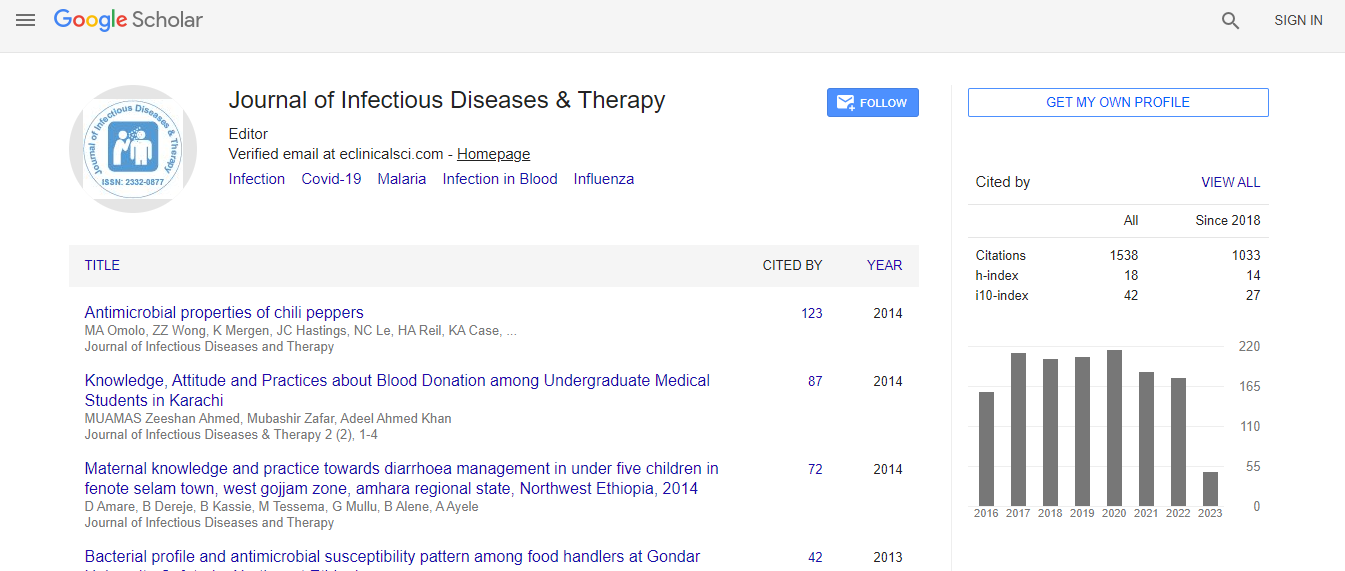Our Group organises 3000+ Global Events every year across USA, Europe & Asia with support from 1000 more scientific Societies and Publishes 700+ 91�Թ� Journals which contains over 50000 eminent personalities, reputed scientists as editorial board members.
91�Թ� Journals gaining more Readers and Citations
700 Journals and 15,000,000 Readers Each Journal is getting 25,000+ Readers
Citations : 1529
Indexed In
- Index Copernicus
- Google Scholar
- Open J Gate
- RefSeek
- Hamdard University
- EBSCO A-Z
- OCLC- WorldCat
- Publons
- Euro Pub
- ICMJE
Useful Links
Recommended Journals
Related Subjects
Share This Page
Surveillance of methicillin-resistant Staphylococcus aureus (MRSA) at a general hospital in Saudi Arabia
4th International Congress on Infectious Diseases
Sana Alattas
King Abdulaziz University, Saudi Arabia
Posters & Accepted Abstracts: J Infect Dis Ther
DOI:
Abstract
Background & Aim: MRSA colonization and infection are widespread worldwide causing significant morbidity and economic impact. MRSA is hard due to their resistance to commonly used antibiotics. Prevention is only hope if patients to be targeted are known. We present results of surveillance to identify at-risks patients and units in a Saudi Arabia hospital in Jeddah. The aim is to detect the range of MRSA spread through hospital wards and units, between the patients their genders and sites and to use the results to recommend effective infection control systems to prevent hospital acquired infections in hospital settings. Methods: The subjects consisted of 597 in-patients from different wards between January 2010 and January 2011. A total of 2074 swabs from multi-sites were collected and tested with the BDGO BD GeneOhm using both PCR and conventional chromogenic culture. Smart Cycler�?® II software was used for amplifying, detecting and interpreting the results. Results: There are statistically significant (p<0.001) overall MRSA infection prevalence of 25.2%. Unitsâ�?�? prevalence ranges from 4.8% (medical rehabilitation) to 80% (coronary unit). There is statistically significant effects of age (p=0.04) and sex (p=0.05) on MRSA infection. Two of the swab sites are statistically significant [nasal swab (p<0.01)] and perineum (p<0.001). Conclusions: From the findings of this study, we conclude that hospital surveillance of MRSA can help to identify not only at-risk patients but can also indicate which units to target activities of control of infection for effective results.Biography
Email: sangtas@mit.edu

